

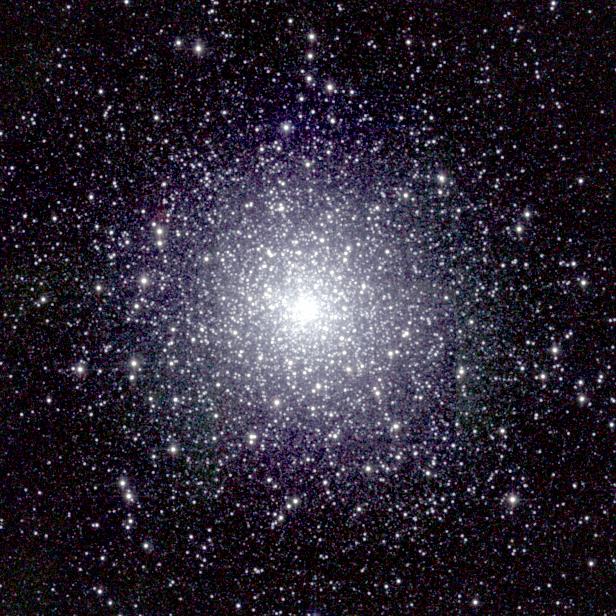 Globular cluster "47 Tuc" (NGC 104) as imaged in the near-infrared. The J-band (1.2 microns) is shown in Blue, the H-band (1.6 microns) in Green, and the Ks-band (2.2 microns) in Red. The field of view is ~22 arcmin. The data comes from 2MASS and the Large Galaxy Atlas (Jarrett et al.). |
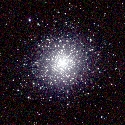 M2 |
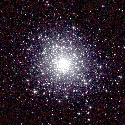 M5 |
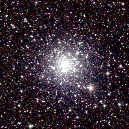 M9 |
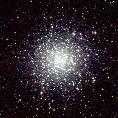 M13 (Hercules) |
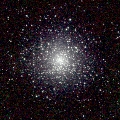 M15 |